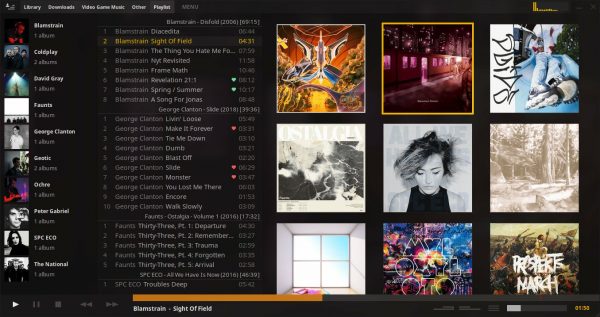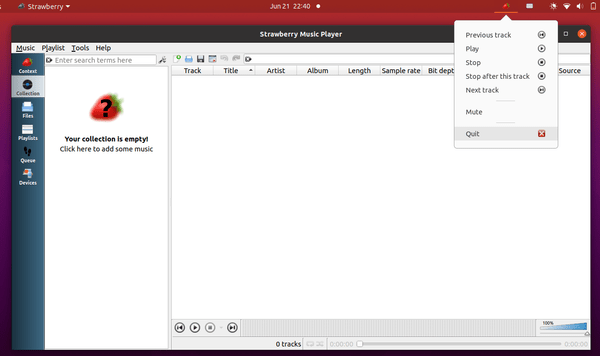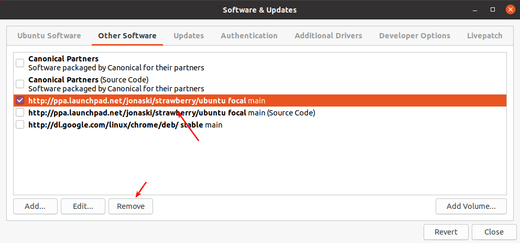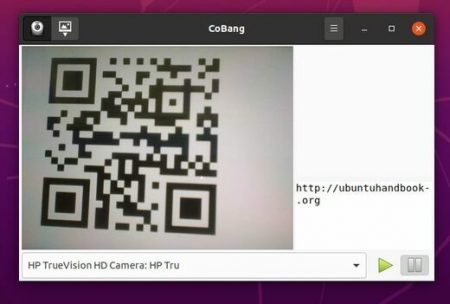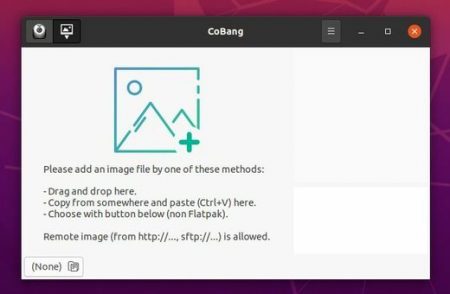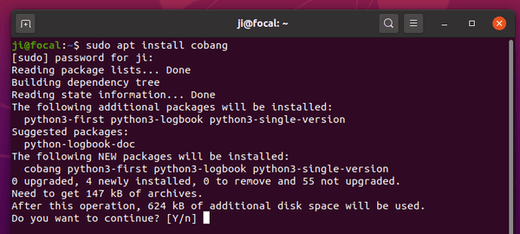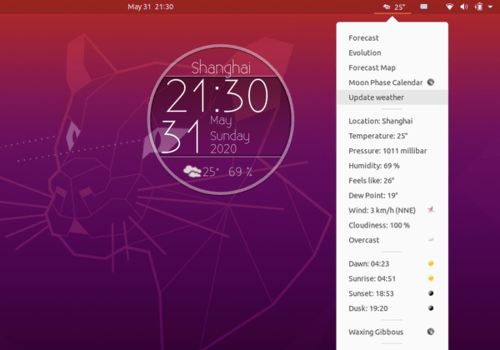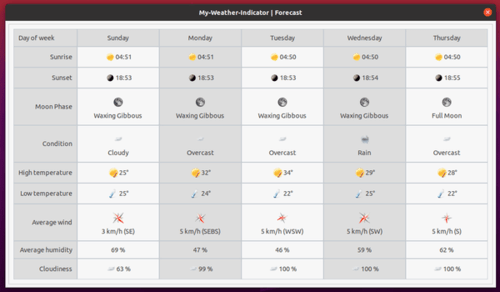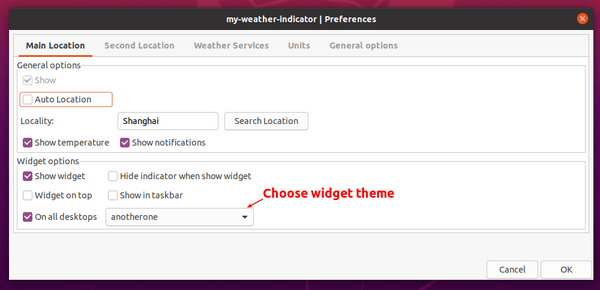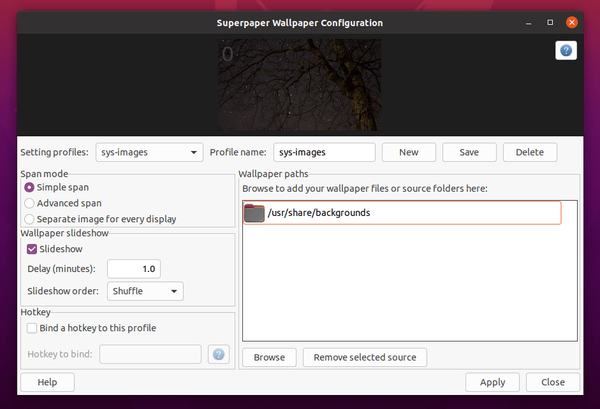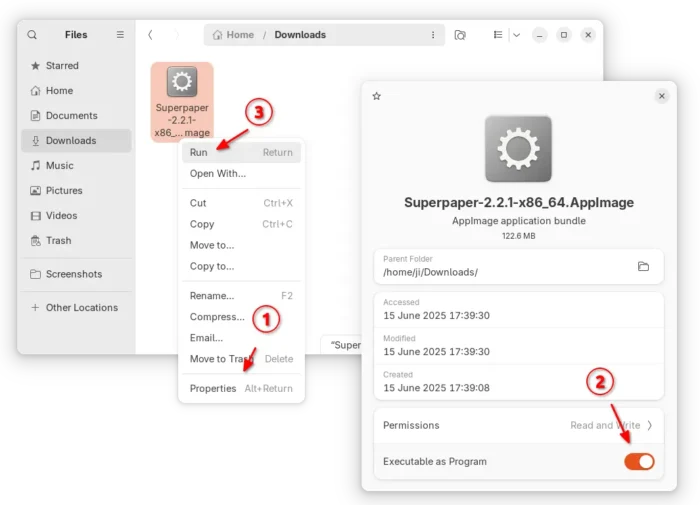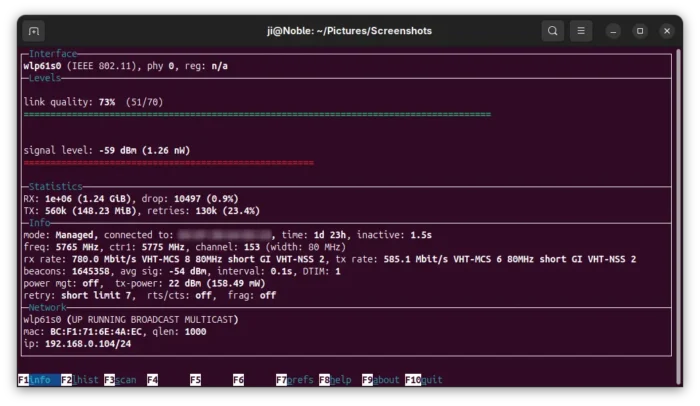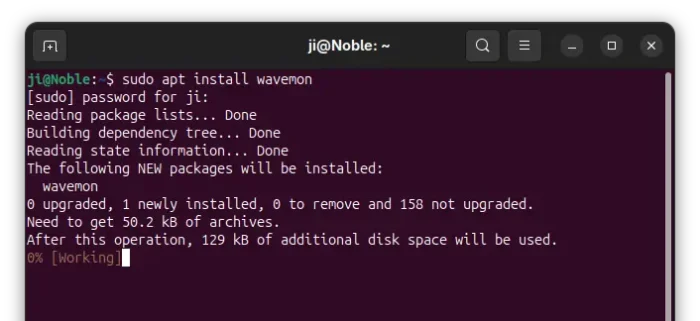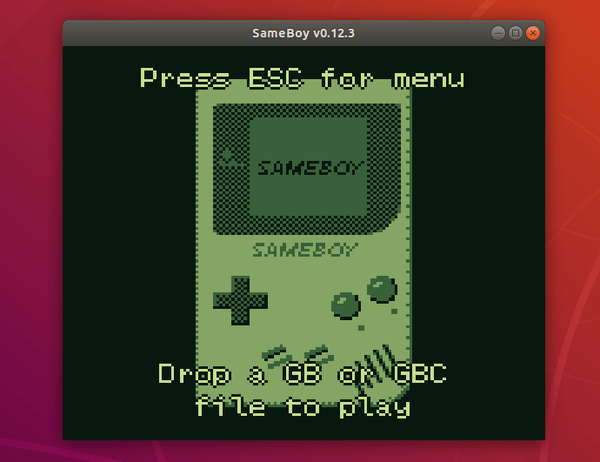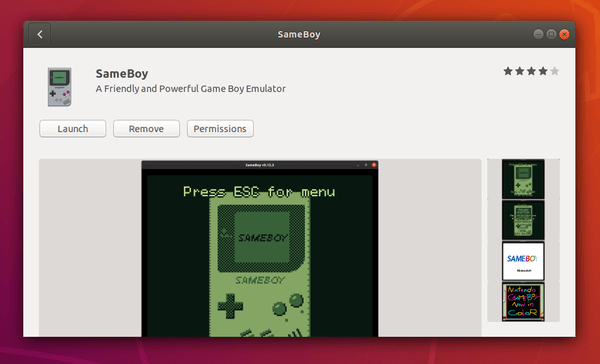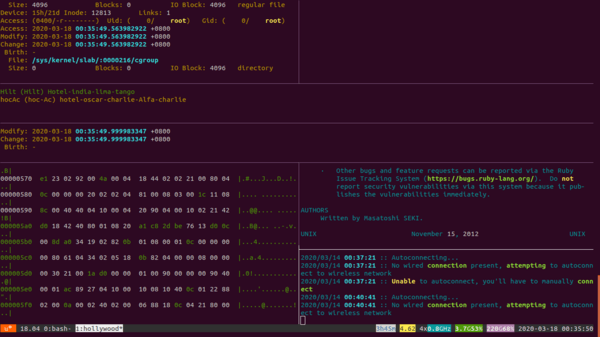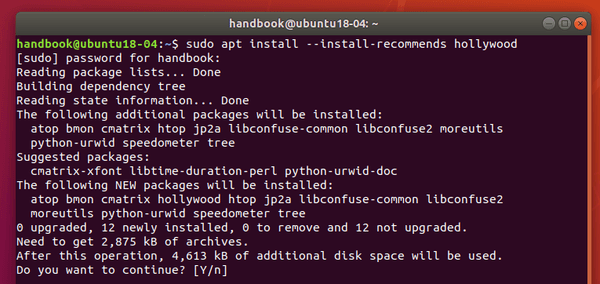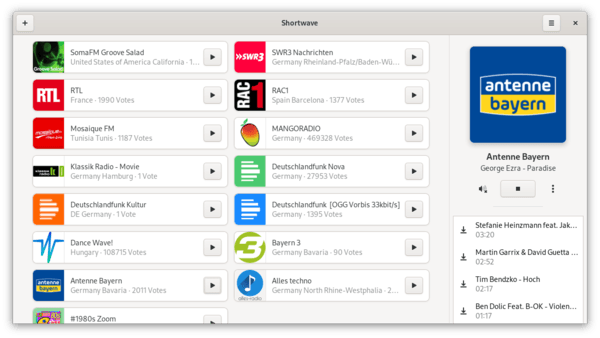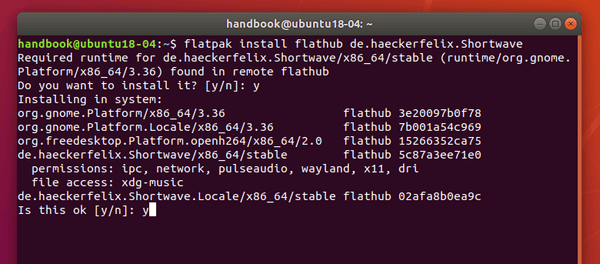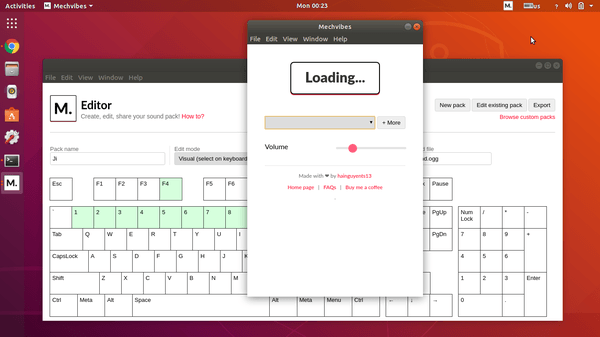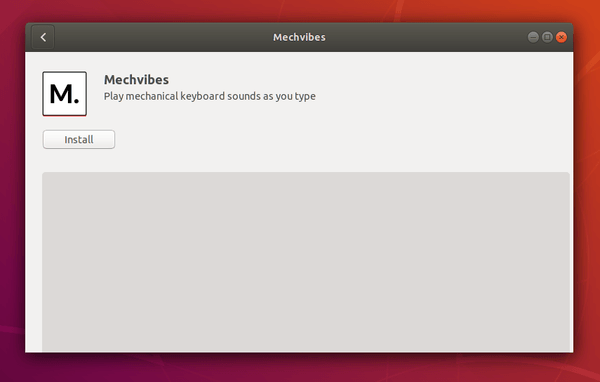![]()
Touan Music Box is a modern, comfortable and streamlined music player for the playback of your music collection.
The software is written in Python, and uses GStreamer or optionally BASS Audio Library for playback.
Touan Music Player features:
- Fast and responsive UI
- Drag and drop importing tracks & creating playlists
- Large album art and gallery displays!
- Support for gapless playback.
- Seamless support for CUE sheets.
- Batch transcode folders of music.
- Last.fm scrobbling with track love support
- Download cover art function.
- Edit tags with MusicBrainz Picard (when also installed).
- Linux desktop integration with MPRIS2.
- Built-in topchart generator.
- Background radio broadcasting. radio satellite (Bass only)
- Stream music from your PLEX, koel or Subsonic API compatible server.
- Import and control playback of Spotify tracks. (Requires Spotify Premium)
How to Install Tauon Music Box in Ubuntu:
SNAP Package:
The music player is available to install in Ubuntu Software via Snap package.
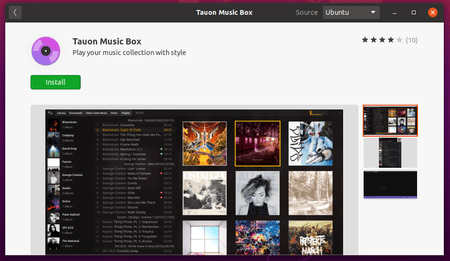
You may also run command in terminal (Ctrl+Alt+T) to install the snap:
snap install tauon
Flatpak Package:
Tauon is also available in Flathub repository as flatpak package.
Linux Portable:
The github releases page offers Linux.zip package.
Grab the package, extract, and run the tauon.py file to launch the music player:
python3 tauon.py
Tips: 1. Go into the folder that contains tauon.py file, right-click on blank area and select ‘Open in Terminal’, finally run the previous python3 tauon.py.
2. The portable package requires python3, python3-musicbrainzngs, and maybe other python libraries, install them via apt command.



